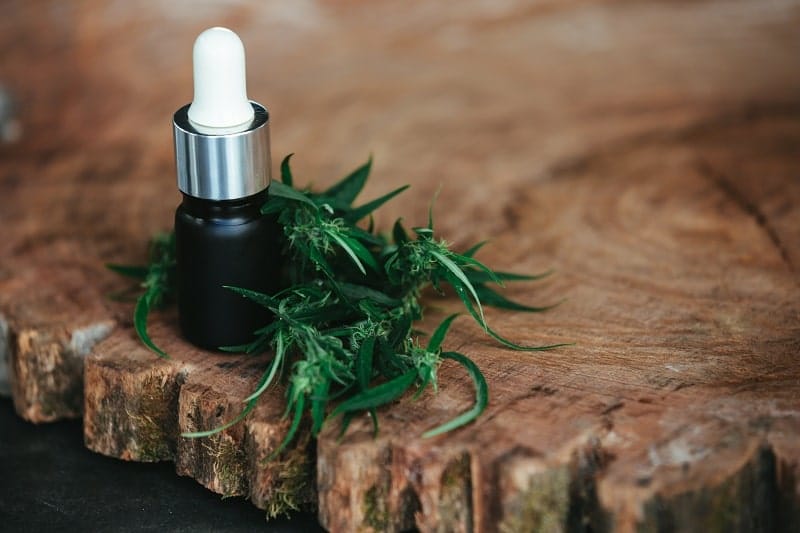Terpene Overview: Farnesene Terpene and Its Benefits
Terpenes are compounds found in many plants, including cannabis. One of these terpenes is called farnesene. Farnesene terpene is present in various fruits, herbs, and vegetables. It plays a role in the flavors and aromas we enjoy in many fruits and cannabis strains.
Farnesene has a distinct fruity smell, often compared to green apples. This terpene is not only responsible for aroma but also has potential health benefits. Studies show that farnesene may help with inflammation, and stress, and even act as an antimicrobial agent. Cannabis strains high in farnesene can offer relaxing effects, making them popular among users who seek relief from stress and tension.
Understanding what farnesene is and how it works can help us appreciate the complexities of the cannabis plant. Knowing the benefits of farnesene terpene can guide us in choosing the right strains for specific needs. As science continues to explore terpenes, we may discover even more uses and benefits of farnesene in our daily lives.
Farnesene Terpene: Chemical Composition and Characteristics
Farnesene is a type of terpene found in many plants, fruits, and vegetables. The molecular structure of farnesene consists of 15 carbon atoms arranged in a chain. This structure is common to many terpenes but has unique variations that make farnesene special.
There are different types of farnesene, including α-farnesene and β-farnesene. Each type has slightly different molecular arrangements. These differences can affect how they smell and work. α-Farnesene, often found in green apples, is known for its fruity smell. β-Farnesene has a similar structure but may offer slightly different effects and benefits.
Farnesene is famous for its delightful aroma. It has a fruity smell, often compared to green apples and other fresh fruits. This smell makes it a favorite in the perfumery and flavor industries. In cannabis, this aroma adds to the overall terpene profile, enhancing the user experience.
Natural sources of farnesene include fruits like green apples, pears, and vegetables like potatoes. It is also found in the peel of citrus fruits. In cannabis, farnesene can be found in both sativa and indica strains, contributing to the aroma and potential effects of the plant.
Farnesene in Cannabis Strains
Farnesene-rich strains are identified through lab testing. These strains often have a distinct fruity aroma. The presence of farnesene can influence the characteristics of the strain, including its smell and potential effects. Strains high in farnesene terpene are popular for their calming effects and pleasant aroma.
Farnesene in cannabis can combine with other terpenes to create unique effects. For example, it can work with terpenes like myrcene and linalool to enhance relaxation. These combinations can make certain strains more effective for stress relief or relaxation.
Some well-known cannabis strains high in farnesene include:
- Gainesville Green
- Cherry Punch
- Dutch Treat Haze
- Comatose OG
- Crescendo
- Tiger Kush
- God’s Breath
These strains are loved for their unique terpene profiles and the presence of farnesene. They offer a range of effects, from stress relief to uplifting experiences. Users looking for strains with a fruity smell and calming effects often choose farnesene-rich options.
Farnesene Terpene Effects and Potential Therapeutic Benefits of Farnesene
Farnesene terpene is known for its possible anti-inflammatory properties. Inflammation is the body’s response to injury or infection, but chronic inflammation can be harmful. Farnesene may help reduce inflammation, potentially offering relief for conditions like arthritis and other inflammatory diseases.
In addition to its anti-inflammatory properties, farnesene may have antimicrobial effects. This means it can fight off certain bacteria and other germs. By doing so, farnesene can help keep infections at bay and promote overall health.
Many people seek cannabis strains high in farnesene for stress relief and relaxation. The calming effects of farnesene can help alleviate anxiety, making it easier to unwind after a long day. This contributes to its popularity in both medical and recreational marijuana.
Among its other potential therapeutic benefits, farnesene may also act as a muscle relaxant. This can help relieve muscle tension and cramps, offering comfort to those with muscle-related issues. By understanding these effects of farnesene terpene, users can make informed choices about which cannabis strains might be the best fit for their needs.
Conclusion
Farnesene terpene plays a significant role in both the aroma and effects of cannabis. Its chemical composition, including types like α-farnesene and β-farnesene, contributes to its unique characteristics. The fruity smell is one of the most recognizable features of farnesene, making it a favorite among users who appreciate fragrant strains.
Cannabis strains high in farnesene terpenes, like Gainesville Green, Cherry Punch, and Dutch Treat Haze, offer specific benefits. These benefits include relaxation, anti-inflammatory properties, and muscle relaxation. By choosing strains with a rich farnesene terpene profile, users can experience these positive effects.
Understanding farnesene terpene benefits helps users pick the right strains for various needs. Whether you’re looking for stress relief, inflammation reduction, or muscle relaxation, strains high in farnesene can provide these therapeutic benefits.
Explore our selection of farnesene-rich cannabis strains at Canna Clinic. Discover how these strains can enhance your well-being. Contact us today and find the perfect strain for your needs.

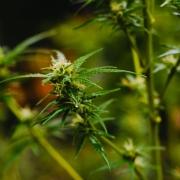

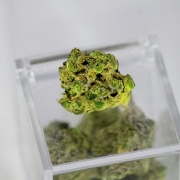
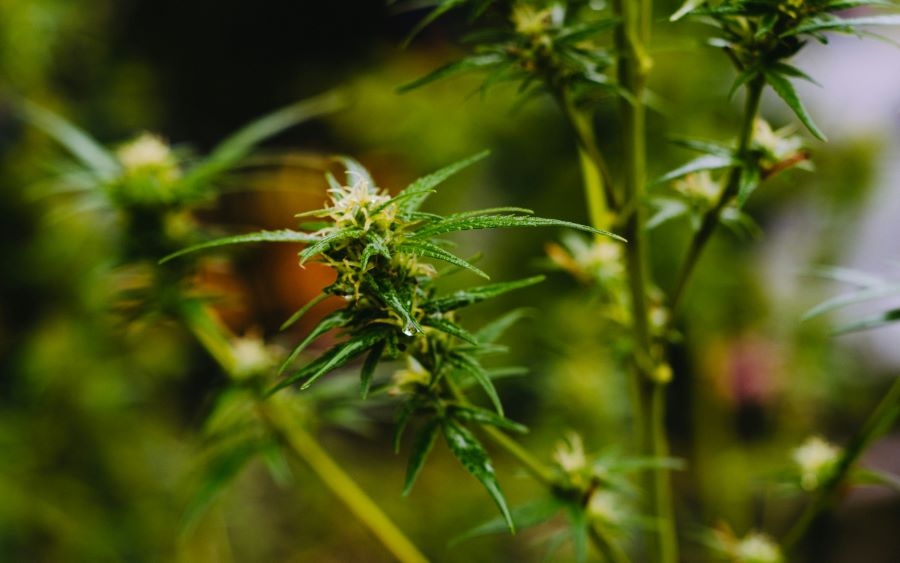
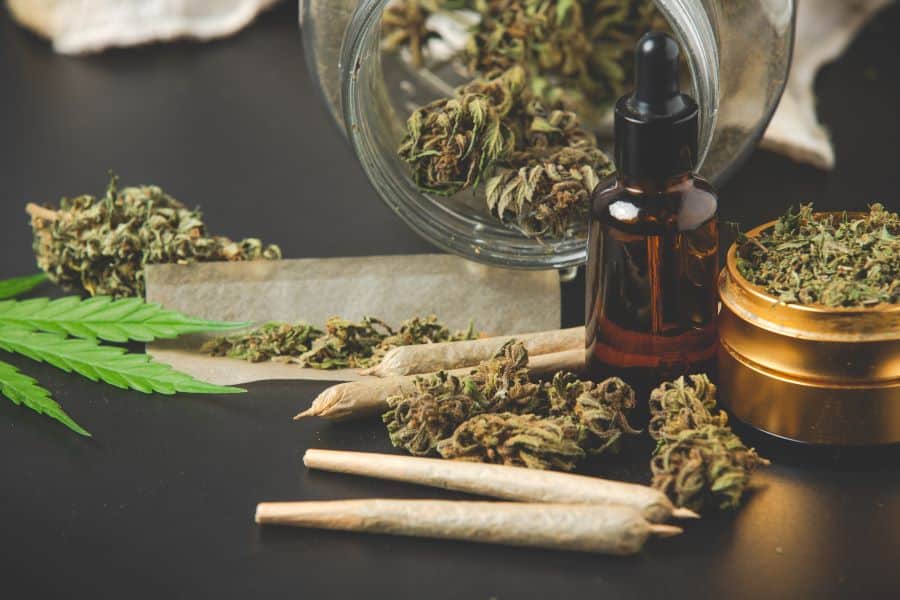

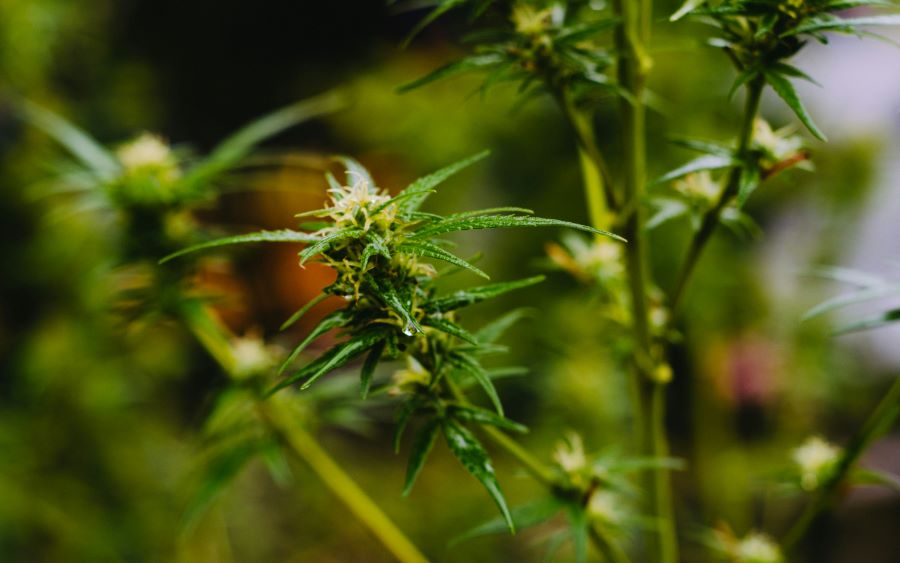



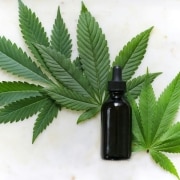
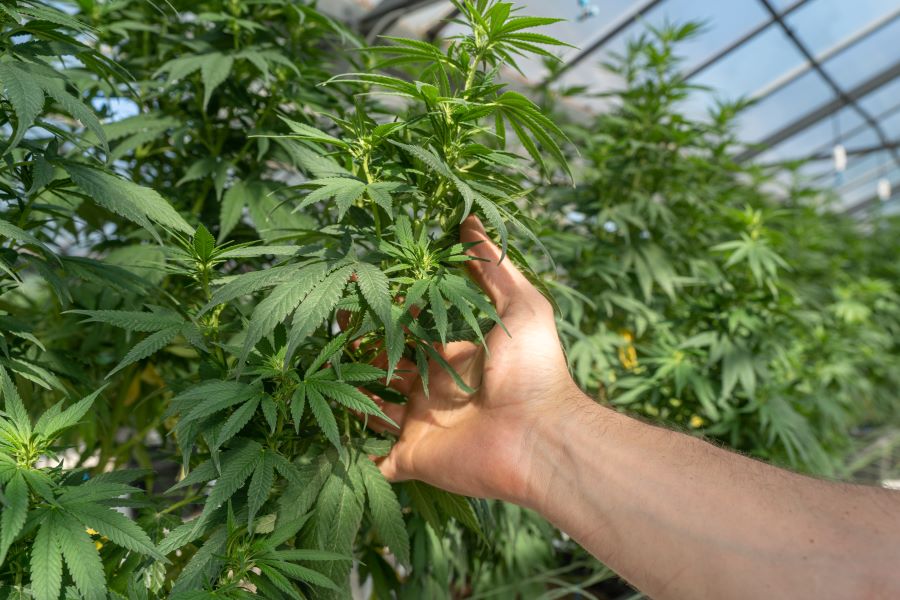
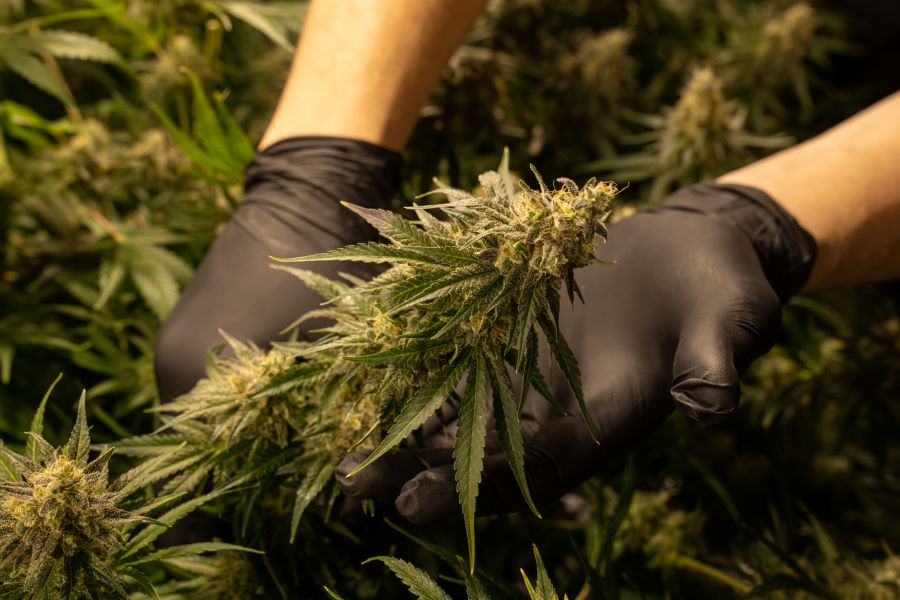

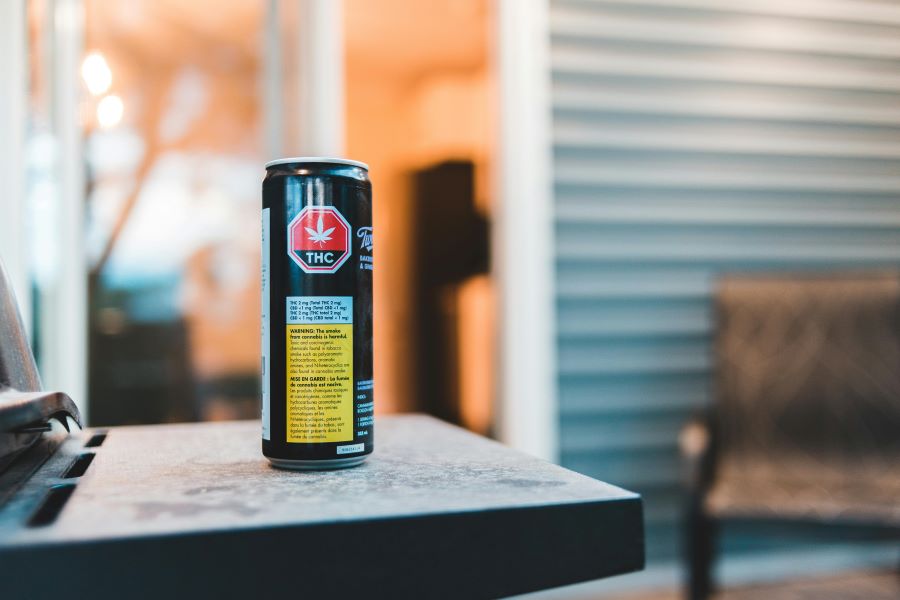



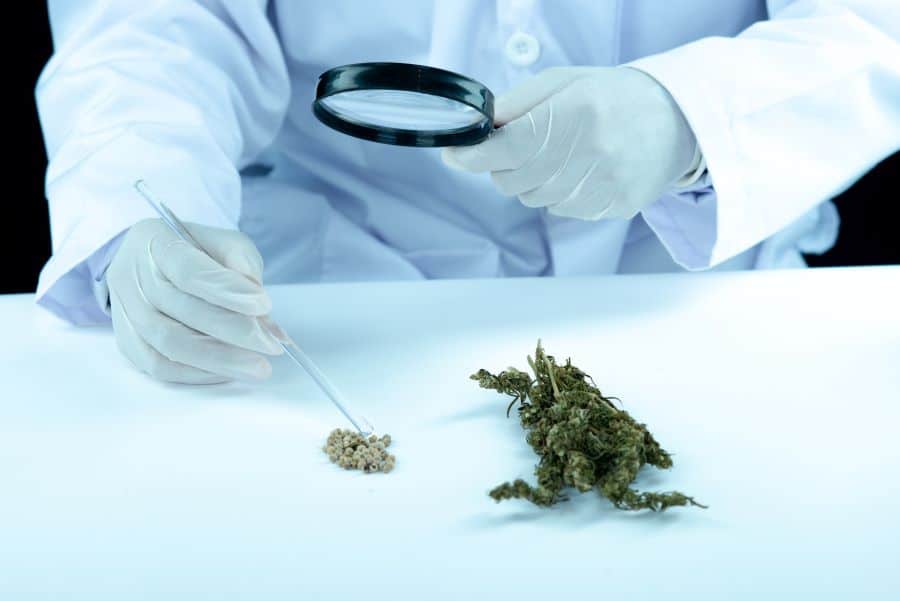
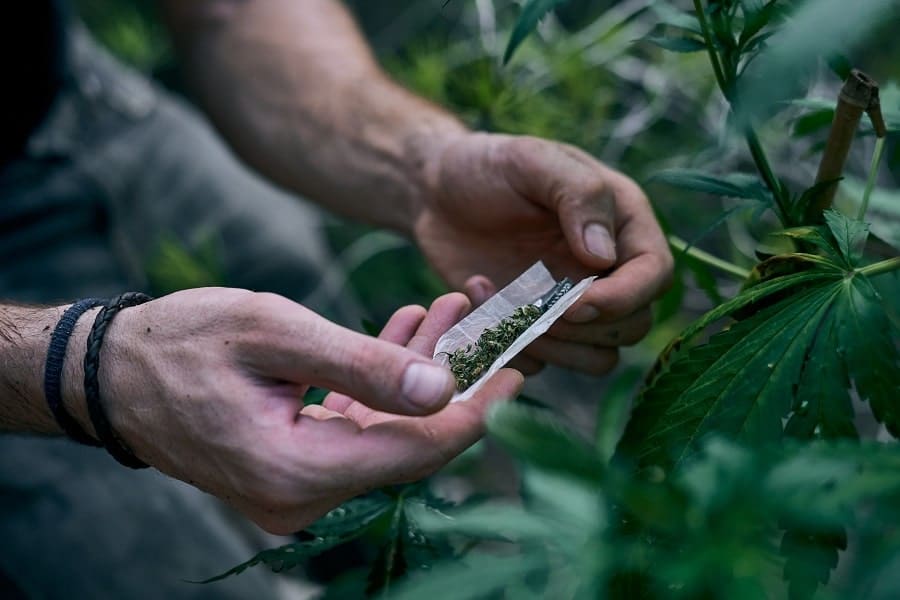

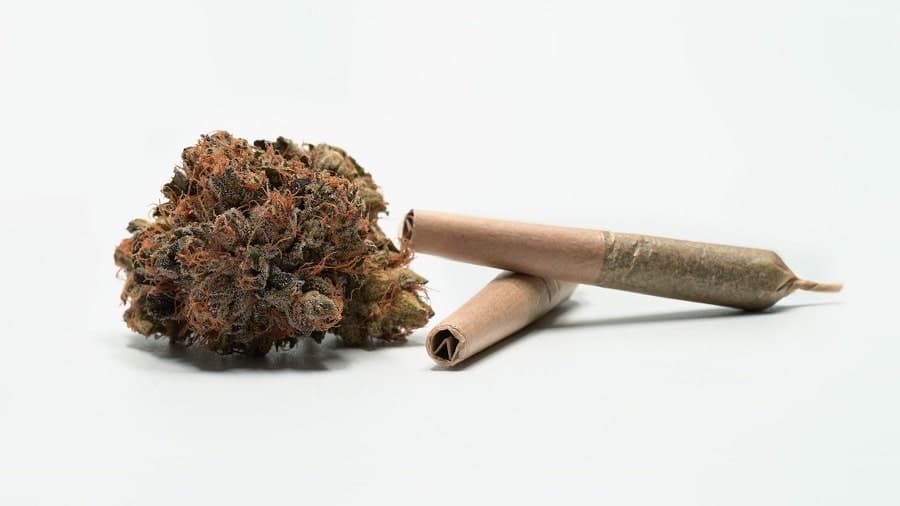


 Another option when looking for gifts for stoners is a smoking case. A way to keep everything protected and together. In a lot of places, there is no longer any need to hide the fact that you smoke cannabis as
Another option when looking for gifts for stoners is a smoking case. A way to keep everything protected and together. In a lot of places, there is no longer any need to hide the fact that you smoke cannabis as  Cannabis can be consumed in multiple ways, plenty of people don’t like smoking it so these people turn to edibles in order to get their cannabis in other ways. Check when you are buying whether you are getting THC vs CBD edibles. Both can be good for different purposes. CBD is used for relaxation, anti-inflammatory and to treat a variety of ailments, as well as improving people’s mood and helping to cope with issues such as anxiety, but they
Cannabis can be consumed in multiple ways, plenty of people don’t like smoking it so these people turn to edibles in order to get their cannabis in other ways. Check when you are buying whether you are getting THC vs CBD edibles. Both can be good for different purposes. CBD is used for relaxation, anti-inflammatory and to treat a variety of ailments, as well as improving people’s mood and helping to cope with issues such as anxiety, but they  Continuing with the edibles route, a lot of people like to experiment with cannabis recipes and cook their own cannabis meals and products. From baking brownies to Christmas cookies infused with cannabis, there are so many things you can do with cannabis.
Continuing with the edibles route, a lot of people like to experiment with cannabis recipes and cook their own cannabis meals and products. From baking brownies to Christmas cookies infused with cannabis, there are so many things you can do with cannabis. A canister can also be a very welcome gift. This is another opportunity to reflect the recipient’s personality and find a canister with a design they would like. Another product you can get personalized, too, though it might cost a little bit more to do so.
A canister can also be a very welcome gift. This is another opportunity to reflect the recipient’s personality and find a canister with a design they would like. Another product you can get personalized, too, though it might cost a little bit more to do so.

